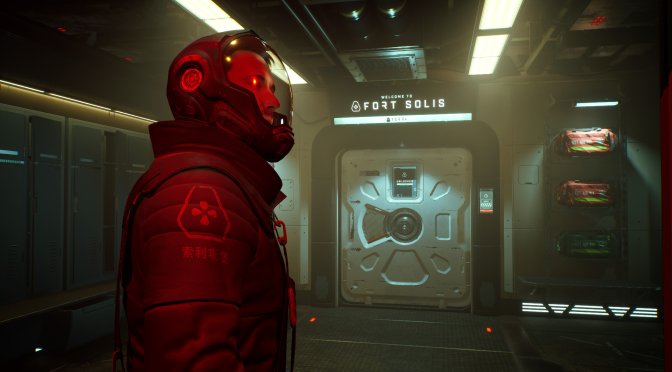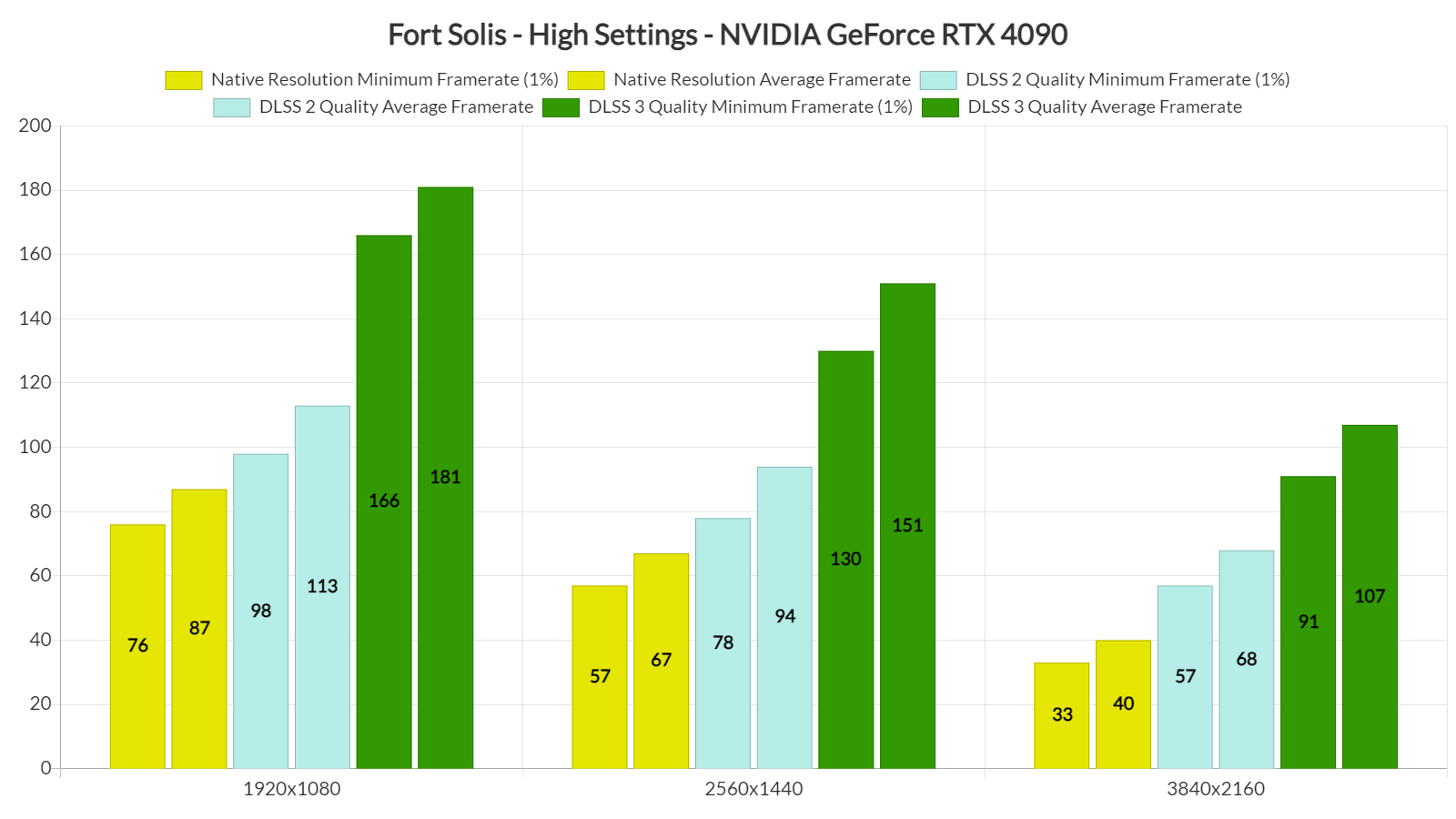Fort Solis is a new game that uses Unreal Engine 5 and has just been released on PC. Thankfully, Plan of Attack has provided with a review code for this game. Thus, we can now share our initial performance impressions. And, as the title implies, NVIDIA’s most powerful GPU has trouble running the game even at native 1440p on High/Max Settings.
For our initial performance impressions, we used an AMD Ryzen 9 7950X3D, 32GB of DDR5 at 6000Mhz, and NVIDIA’s RTX 4090. We also used Windows 10 64-bit and the GeForce 536.99 driver. Furthermore, we’ve disabled the second CCD on our 7950X3D.
Fort Solis does not feature any built-in benchmark tool. As such, we’ve decided to benchmark the game’s first cut-scene sequence. This area appeared to be the more demanding one (after 30 minutes of gameplay). As such, it should give us a pretty good idea of how the rest of the game runs.
Before continuing, we should note that Fort Solis uses both Lumen and Nanite. During gameplay, we could not notice any pop-ins, something that definitely pleased us. However, the game suffers from shader compilation stutters. Not only that but there are some lighting artifacts (square-ish shadowy issues that can be noticed in various areas with dynamic lighting).
At Native 4K/High Settings, the NVIDIA GeForce RTX 4090 can push an average of 40fps. Yeap, this is the first game that puts the RTX 4090 to its knees. In fact, the game drops below 60fps even at native 1440p/High Settings. Owners of G-Sync monitors can get away with these framerate drops. Still, the only way you can get a constant 60fps experience at 4K is with DLSS 3 Quality. That, or you can drop DLSS 2 to its Performance Mode.
The fact that the NVIDIA GeForce RTX 4090 cannot run the game smoothly at both native 1440p and native 4K does not mean that the RTX 4090 suddenly became an obsolete card. Far from it. We all know how ridiculously powerful this graphics card is. However, since Fort Solis is one of the first games using both UE5’s Nanite and Lumen, it could possibly give us a glimpse at the actual PC performance of future Unreal Engine 5 games. That, or the game has major optimization issues.
Jusant and Immortals of Aveum are two upcoming releases that will be using both Nanite and Lumen. As such, it will be interesting to see whether these two games will run better than Fort Solis. And lastly, you should keep in mind that this game is from a really small studio. The fact that it’s a looker is already impressive.
Stay tuned for our PC Performance Analysis, in which we’ll benchmark more GPUs from both AMD and NVIDIA!
John is the founder and Editor in Chief at DSOGaming. He is a PC gaming fan and highly supports the modding and indie communities. Before creating DSOGaming, John worked on numerous gaming websites. While he is a die-hard PC gamer, his gaming roots can be found on consoles. John loved – and still does – the 16-bit consoles, and considers SNES to be one of the best consoles. Still, the PC platform won him over consoles. That was mainly due to 3DFX and its iconic dedicated 3D accelerator graphics card, Voodoo 2. John has also written a higher degree thesis on the “The Evolution of PC graphics cards.”
Contact: Email


